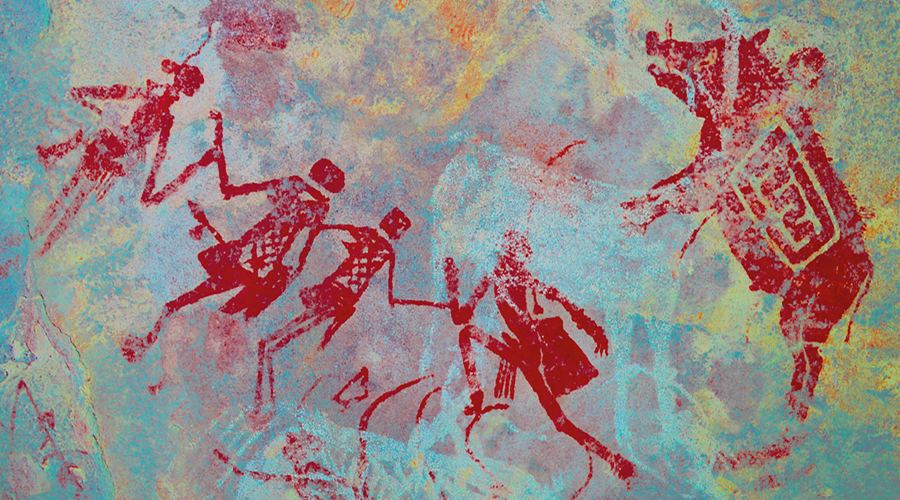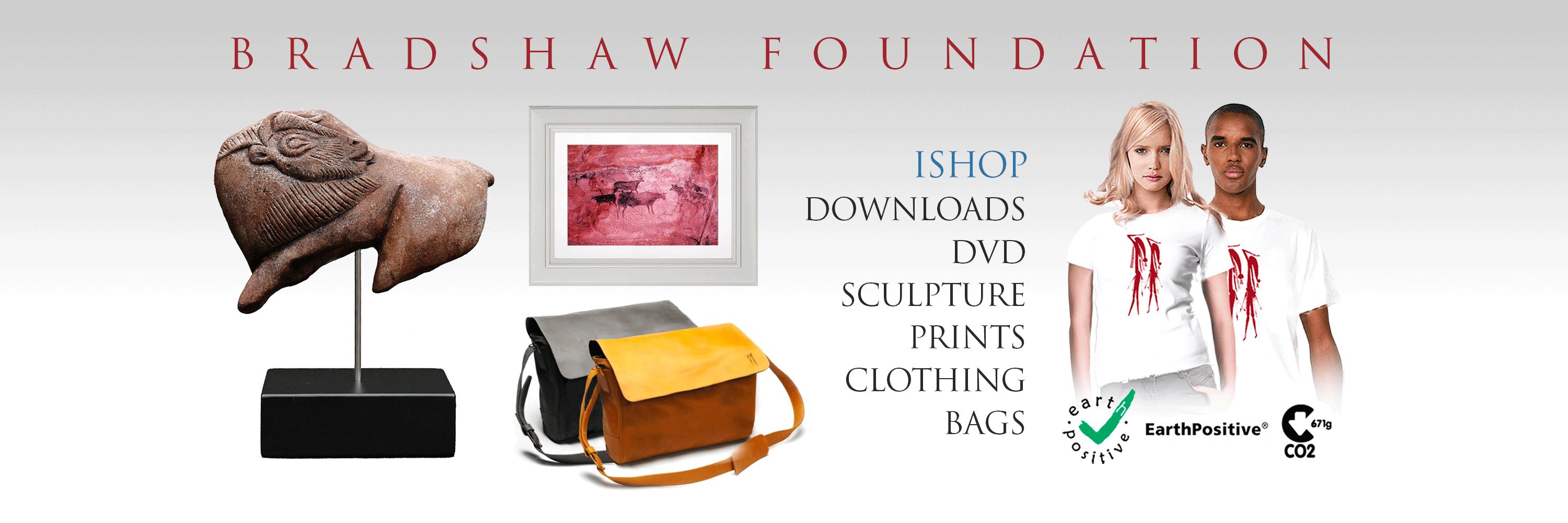


The rock art discovered in the Maros region of southern Sulawesi, Indonesia, is important for several reasons.

The fact that it has been dated to a minimum age of almost 40,000 years proves that the making of rock art did not originate in Europe, and that it is more likely a much older behaviour brought by the first humans to both Europe and Southeast Asia. Or it demonstrates that rock art practices of making hand stencils and creating paintings of animals independently occurred in various parts of the world many tens of thousands of years ago.
Either way, both possibilities are equally exciting as they force us to rethink many things about our most ancient modern human ancestors. They significantly change debates about the origin of art, the behavioural practices modern humans brought with them when they left Africa more than 60,000 years ago and what it is to be human.
This is confirmed by the location of the discovery; Sulawesi is east of the Wallace Line, which means people had to migrate to this region by this time - 40,000 years ago - thus confirming the dates presented byProfessor Stephen Oppenheimer in his publications 'Eden in the East' and 'Out of Eden', as well as the Journey of Mankind Genetic Map.
So there are serious implications both for the origin of art and for early sea-faring navigation.
For the Journey of Mankind Genetic Map and Stephen Oppenheimer's publications:
http://www.bradshawfoundation.com/stephenoppenheimer/index.php
Visit the Bradshaw Foundation Book Review:
http://www.bradshawfoundation.com/books/index.php
by Bradshaw Foundation
Monday 30 May 2022
by Bradshaw Foundation
Wednesday 19 January 2022
by Bradshaw Foundation
Thursday 06 January 2022
by Bradshaw Foundation
Monday 06 December 2021
by Bradshaw Foundation
Monday 29 November 2021
by Bradshaw Foundation
Monday 25 October 2021
by Bradshaw Foundation
Monday 12 July 2021
by Bradshaw Foundation
Monday 24 May 2021
by Bradshaw Foundation
Tuesday 20 April 2021
by Bradshaw Foundation
Thursday 01 April 2021
by Bradshaw Foundation
Tuesday 23 February 2021
by Bradshaw Foundation
Thursday 14 January 2021
by Bradshaw Foundation
Friday 18 December 2020
by Bradshaw Foundation
Sunday 06 December 2020
by Bradshaw Foundation
Thursday 26 November 2020
by Bradshaw Foundation
Wednesday 07 October 2020
by Bradshaw Foundation
Monday 30 May 2022
by Bradshaw Foundation
Wednesday 19 January 2022
by Bradshaw Foundation
Thursday 06 January 2022
by Bradshaw Foundation
Monday 06 December 2021
by Bradshaw Foundation
Monday 29 November 2021
by Bradshaw Foundation
Monday 25 October 2021
by Bradshaw Foundation
Monday 12 July 2021
by Bradshaw Foundation
Monday 24 May 2021
by Bradshaw Foundation
Tuesday 20 April 2021
by Bradshaw Foundation
Thursday 01 April 2021
by Bradshaw Foundation
Tuesday 23 February 2021
by Bradshaw Foundation
Thursday 14 January 2021
by Bradshaw Foundation
Friday 18 December 2020
by Bradshaw Foundation
Sunday 06 December 2020
by Bradshaw Foundation
Thursday 26 November 2020
by Bradshaw Foundation
Wednesday 07 October 2020
Friend of the Foundation











